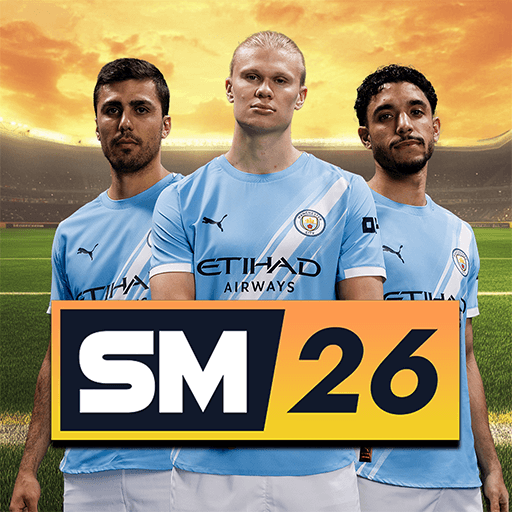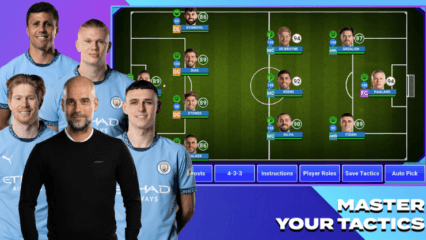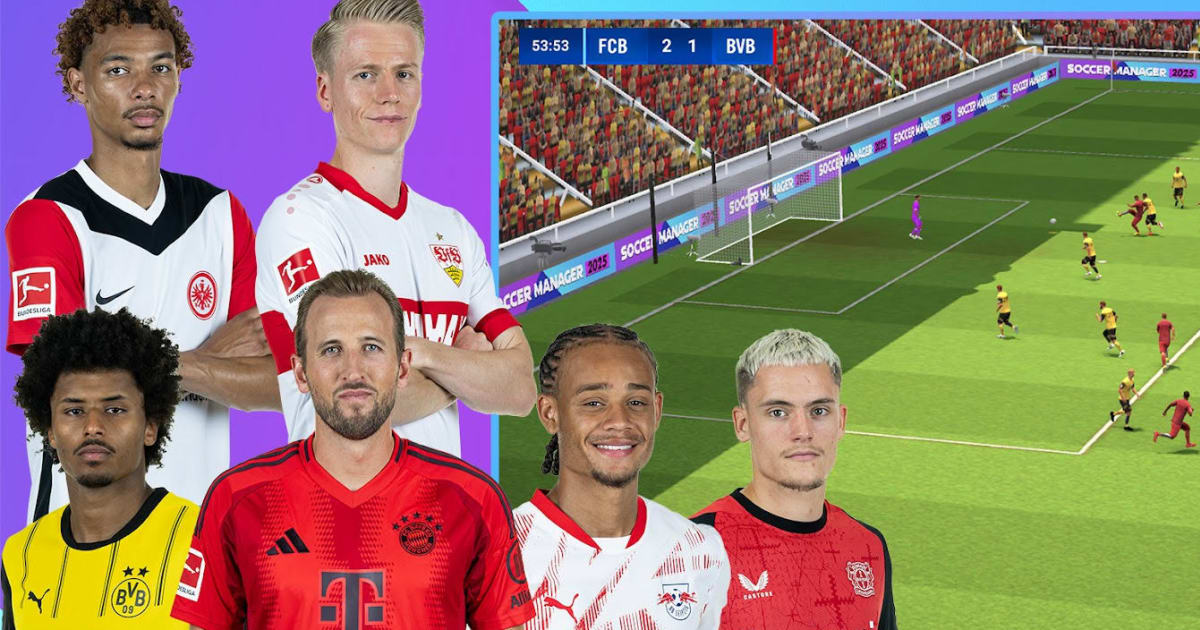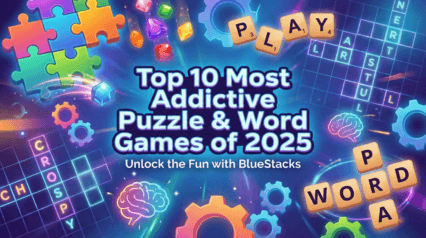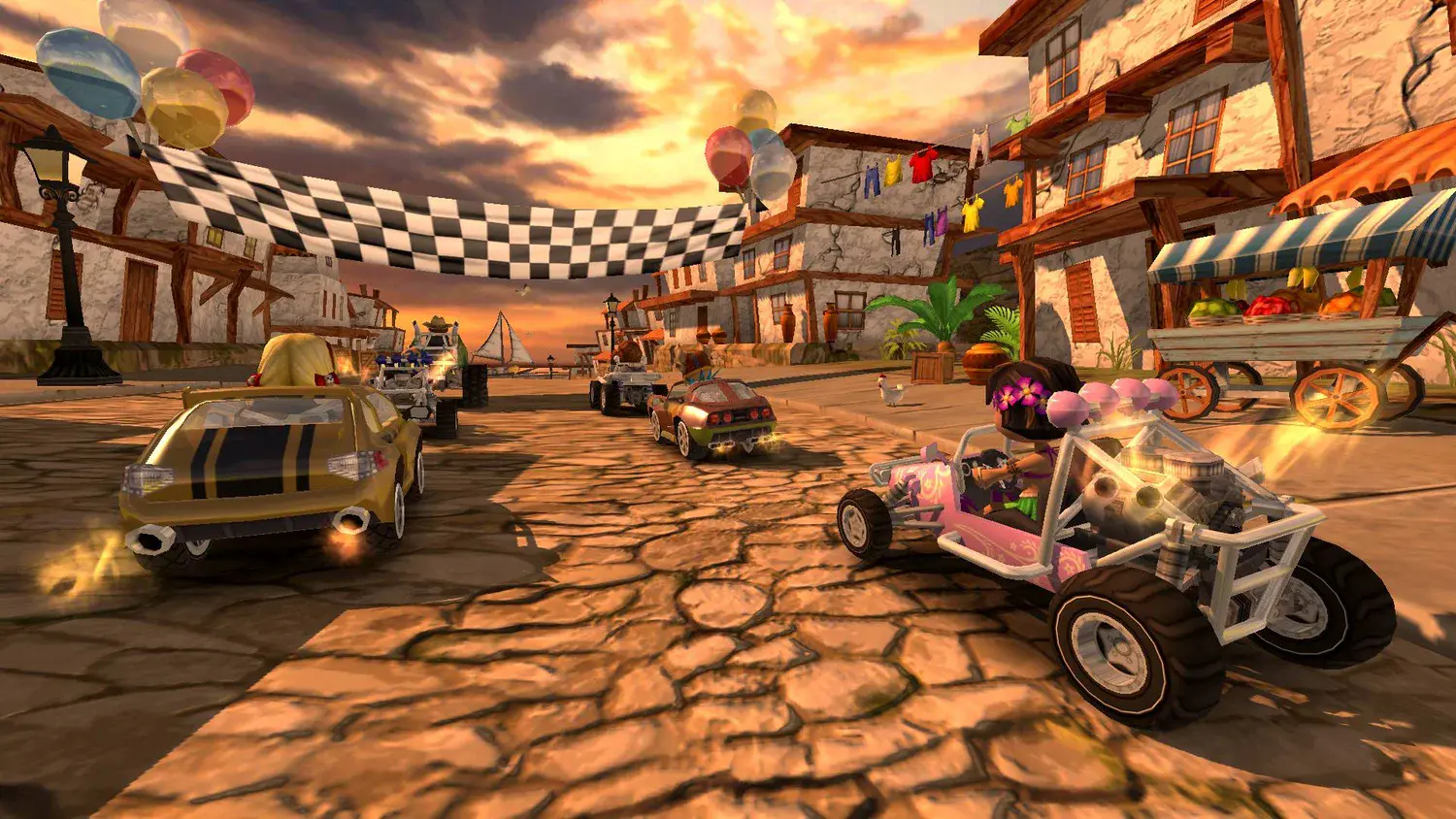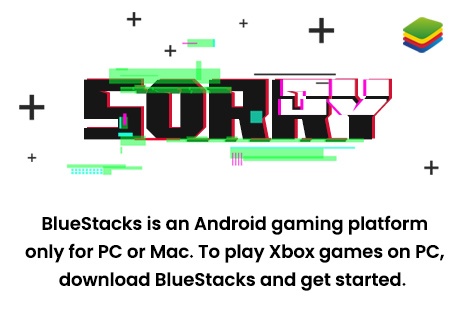Tactics, Training & Matchday Guide for Soccer Manager 2026
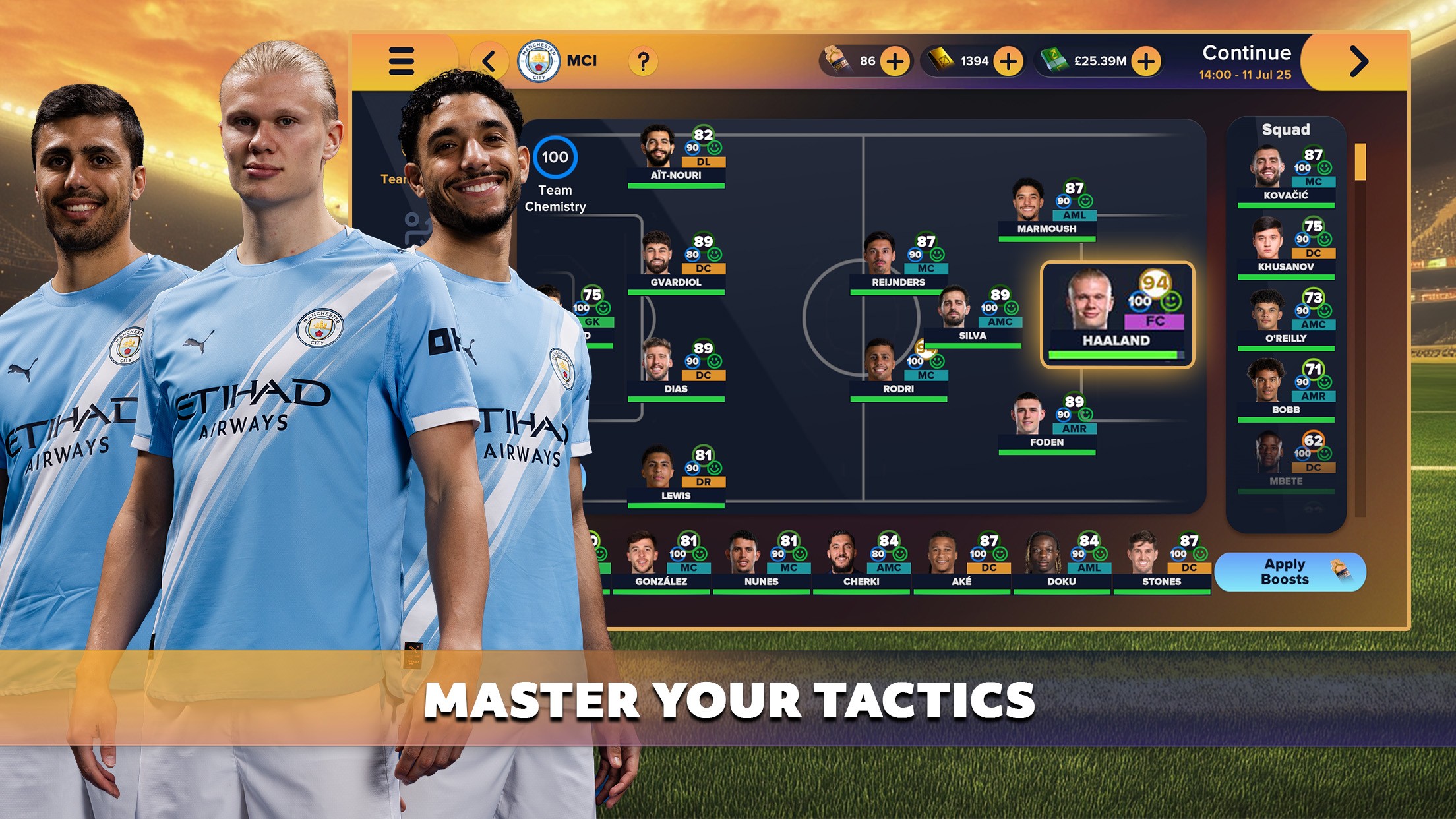
In Soccer Manager 2026, winning is a product of preparation, smart decision-making, and the ability to adapt. The game challenges you not just to pick a lineup, but to manage training routines, tactical structures, and live match adjustments. This guide expands on tactics, training, and matchday management—the three pillars of success that determine how far your club will go.
If you are new to the game, check out our Beginner’s Guide to Soccer Manager 2026 to get a comprehensive introduction to the game!

Tactics: Building the Foundation
Your tactical setup is the blueprint for how your team plays. Soccer Manager 2026 allows you to customize formations, player instructions, and overall play styles. Instead of sticking rigidly to one approach, successful managers switch between defensive, balanced, and attacking systems depending on the opponent. Saving multiple tactical setups makes it easier to adapt during a busy season.
Formations provide structure, but the real depth lies in how you instruct your team to play. High pressing, direct passing, or compact defending can all be effective, but each has risks. For example, pressing high may win the ball back quickly but leaves your defense exposed. Flexibility is key—changing instructions mid-season or even mid-match often determines whether you grind out a result or collapse under pressure.

Player Roles: Maximizing Individual Impact
Roles give individuality to each position. A central midfielder can be deployed as a creative playmaker, a ball-winning enforcer, or a box-to-box runner. Assigning the wrong role wastes a player’s strengths and disrupts chemistry. Regularly review how players perform in different roles and experiment during training or lesser matches.
Match performance ratings often reveal role mismatches. A striker may struggle as a poacher but flourish as a target man who holds up play. Similarly, wingers may be better suited to cutting inside rather than hugging the touchline. These adjustments don’t require transfers or spending—they’re tactical refinements that maximize the potential of players already in your squad.

Training: Developing Your Squad
Training determines whether your squad stays sharp, improves, or falls behind. Younger players gain the most from consistent training, especially those with high growth potential. Veterans won’t progress as much but contribute to maintaining team chemistry and match fitness. Spreading sessions across the squad ensures development without overloading individuals.
Capacity limits prevent endless training, and exceeding them reduces efficiency. Managing this limit ensures steady progress while avoiding wasted effort. Chemistry also develops through training, and higher chemistry translates into smoother performances on the pitch. A squad with good chemistry often outperforms technically superior teams with poor balance.

Pre-Match Lineups: Reading the Opposition
Before each match, reviewing the lineups gives you an advantage. Comparing player ratings highlights mismatches that can be exploited. Strong strikers should be targeted against weak defenders, while fragile midfields may require a more aggressive setup to dominate possession.
Team chemistry values are equally important. A squad with high chemistry performs more fluidly, even if individual players are weaker. This pre-match preparation lets you adjust your approach before kickoff, ensuring that your strengths counter your opponent’s weaknesses.

Match Kickoff and Live Action
Once the game begins, highlights bring your tactical choices to life. Goals, chances, and defensive lapses are displayed with replays that allow you to see exactly how situations developed. Observing how your team scores or concedes provides insights into whether your tactics are working as intended.
For example, if goals come from counterattacks, you may want to encourage quicker transitions. If you’re repeatedly exposed at the back, a deeper defensive line may be necessary. Watching highlights actively and making adjustments based on them transforms you from a passive observer into an engaged tactician.

Assistant Manager Advice
The assistant manager provides live feedback during games. Suggestions like “attack more centrally” or “tighten the defense” reflect what the data is showing. While you shouldn’t blindly follow every recommendation, these tips often confirm or highlight issues you may already suspect.
Using assistant advice alongside your own observations helps balance decision-making. It’s especially useful when managing multiple competitions, where fatigue may make tactical analysis harder over a long season. Treat these tips as additional insights rather than instructions.

Match Data and Heat Maps
Match stats are essential for deeper analysis. Possession percentages, shot counts, fouls, and corners reveal the flow of the game. Heat maps show where the ball is being played most often, giving you clues about which areas to strengthen or exploit.
If you dominate possession but create few chances, tactical tweaks may be needed to convert control into goals. If the opponent is targeting one flank, reinforcing that side can neutralize their threat. This information turns match management from guesswork into evidence-based decision-making.

Player Ratings During Matches
Player ratings update in real time, showing who is excelling and who is underperforming. Ratings below 6.0 usually indicate a problem, whether it’s fatigue, a poor role fit, or simply being outclassed. Substituting these players or adjusting their roles can swing momentum back in your favor.
Stamina levels should also be monitored alongside ratings. Tired players are more prone to mistakes, especially late in matches. Fresh substitutions often provide the energy needed to secure results in the final minutes.

Live Scores and Competition Awareness
During your matches, other games are also unfolding. Keeping track of live scores provides valuable context for your decisions. If rivals are dropping points, a draw may suffice to maintain your position. If rivals are winning, you may need to take risks to keep pace in the standings.
Awareness of the broader competition ensures you’re not only managing the current match but also optimizing your club’s position in the league or tournament. Successful managers always keep the bigger picture in mind.

Objectives and Rewards Beyond Matchday
Progression in Soccer Manager 2026 extends beyond matchdays. Daily and weekly objectives guide you toward consistent habits such as squad rotation, training, and financial management. Completing these objectives provides rewards like gold, boosts, and packs that strengthen your squad.
Daily rewards further incentivize logging in consistently. Even short sessions where you only claim rewards can add up over time. By Day 7, the bonuses become significant, offering resources that would otherwise take longer to obtain. This system ensures that dedication is rewarded, even if you don’t play full matches every day.

Soccer Manager 2026 rewards careful preparation, tactical adaptability, and ongoing squad development. Tactics and roles shape how your team plays, training builds the foundation for improvement, and matchday management turns preparation into results. Success comes from combining all three, making evidence-based adjustments, and thinking about the long-term stability of your club. By mastering these elements, you can consistently outperform rivals and build a lasting football dynasty. For the best gaming experience, play Soccer Manager 2026 on BlueStacks!
Keep progressing in Soccer Manager 2026 – Football with our other in-depth guides.

